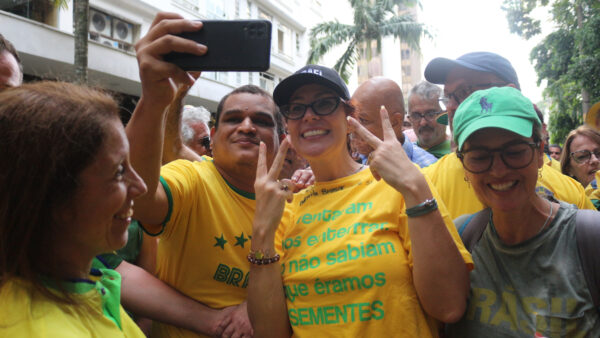When she died last week at the age of 93, Chilean ethnographer Cristina Calderón took with her the Yahgan language. She was, alongside her sister Úrsula — who died in 2005 at 84 — the last full-blooded member of the Yahgan people, an indigenous ethnic group of nomads whose traditional territory includes Chile’s southernmost islands.
Ms. Calderón had been declared a Living Human Treasure by the Chilean government and UNESCO, and her death was mourned by President-elect Gabriel Boric, who takes office on March 11. “When my sister Úrsula passed away I was left alone, with no one to talk to,” Ms. Calderón told El País in 2016. None of her seven children or 14 grandchildren wanted to speak Yaghan.
The now-defunct language had a lexicon of approximately 32,400 words. For comparison’s sake, the average adult English speaker has a vocabulary of around 20,000 words, with a passive vocabulary of around 40,000 words. To prevent the language from disappearing completely, the Calderón family...


 Search
Search






































